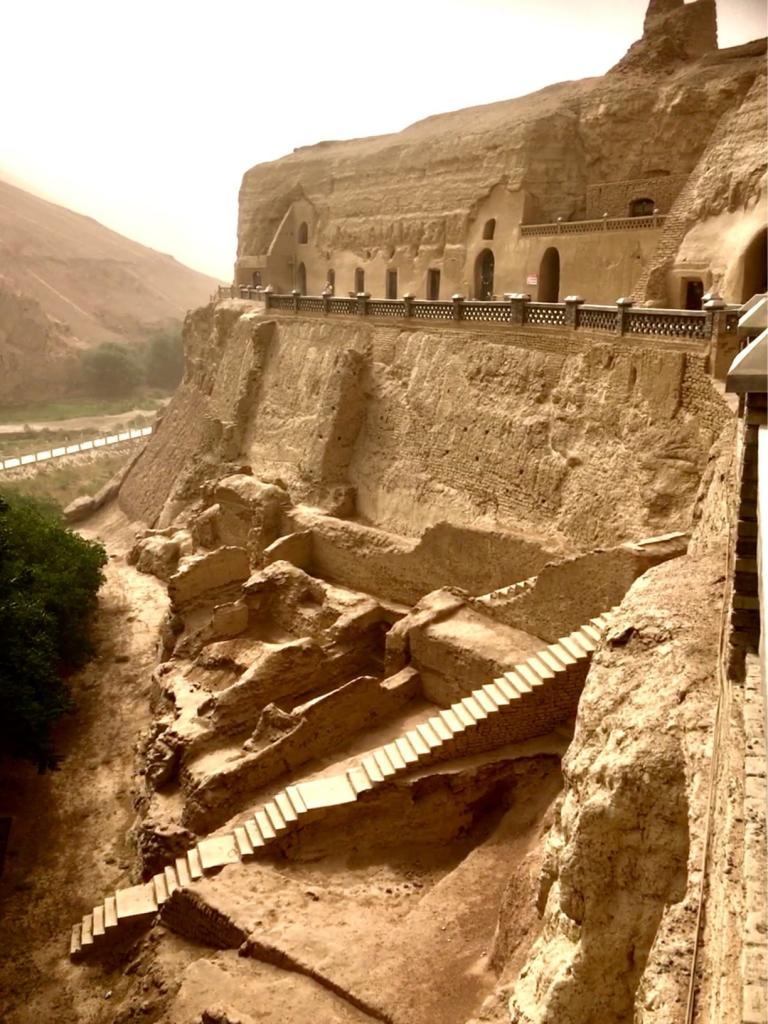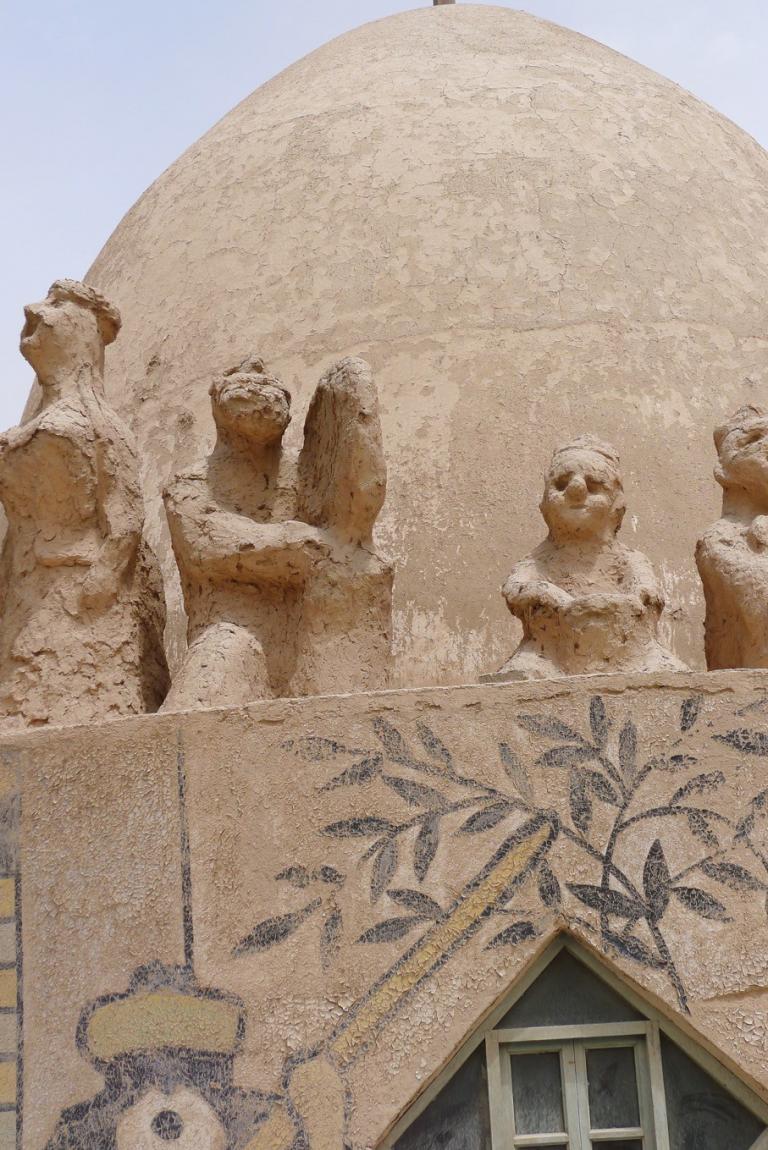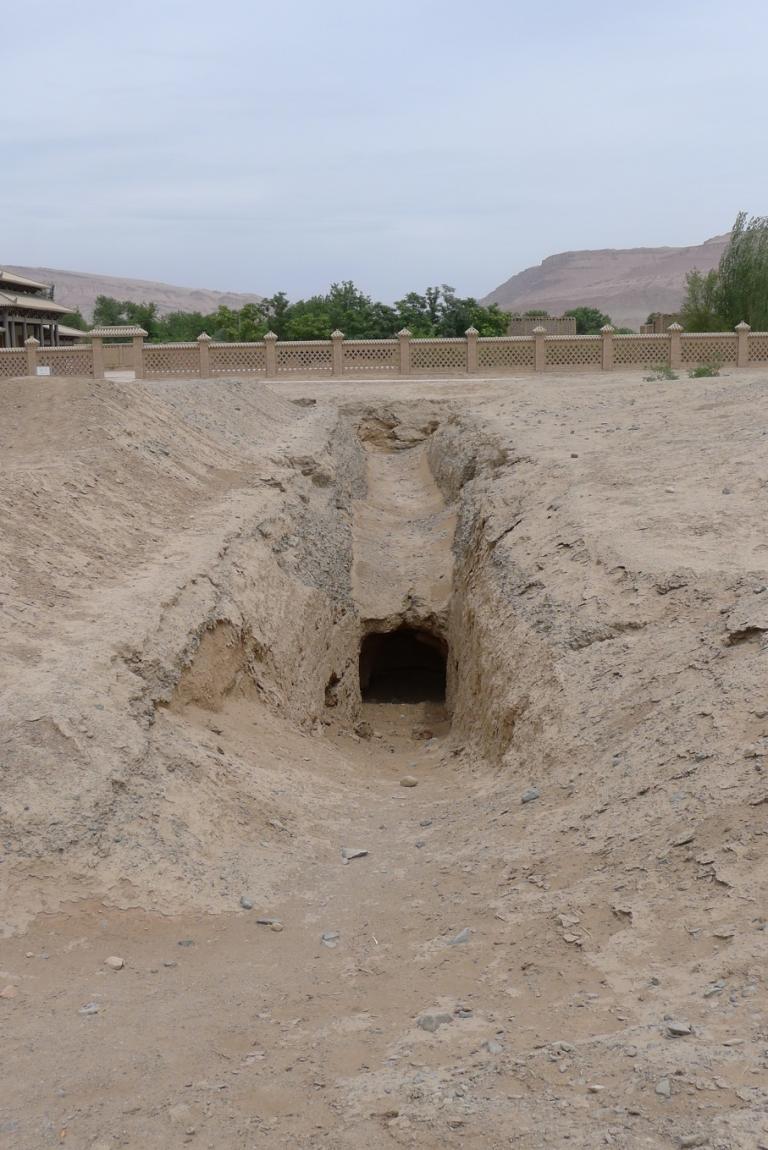Thousand-Buddha Cave of Tuyugou
2 min readThousand-Buddha cave of Tuyugou is located in Tuyugou Grand Canyon and belongs to the first batch of autonomous region-level cultural relic protection sites announced in January 1957. It occupies a special place in art history of Xinjiang religious culture.

Tuyugou Grand Canyon, occupying an area of about 12km², is located in the middle of the Mountain of Flames in today’s Shanshan County with starting from Subhash village in the north and Mazar village in the south, between which, the valley is about 12.5km long. There are some simple winding roads connected to passes in the north and south ends. The southwest of thesouth valley entrance is 13km away from the Gaochang ancient city. The peak of the Mountain of Flames is located in Tuyugou Grand Canyon with an elevation of 831.7m.

Tuyugou Grand Canyon is the most mysterious place in western China. It is a cultural intersection place of two world famous religions, and an important post for the Buddhism to spread into China. The Thousand-Buddha cave of Tuyugou dug in the Western Jin and Sixteen-Country Times and the Asawulekaipei Mazar which is an Islamic Holy Place are located here. The status of the Asawulekaipei Mazar in the Islamic Holy Places is illustrious. As one of the two oldest and most famous mazars, the Asawulekaipei Mazar is located in the southwestern canyon entrance. With a history of over 1,000 years according to legend, Asawulekaipei Mazar is one of the seven great Islamic Holy Places in the world and the first great Islamic Holy Place in China, known as “Oriental Mecca”. According to local Muslim pilgrimages, one must go to the Tuyugou Mazar to pilgrimage firstly before going to Middle East Mecca to pilgrimage. In addition, grand mosques with an Islamic architectural style, Tibetan Buddhism template sites and well-preserved ancient Uyghur villages known as “living folk fossils”are located here. The magnificent canyon, long history, rich cultural implication, and ancient Uyghur villages are integrated with each other to form the mysterious, unique and singular scenery.
The Thousand-Buddha grotto and the portrait of Buddha in Tuyugou firstly appeared in the Western Jin dynasty and the period of Sixteen States. In many relics of Buddha caves existing in today’s Xinjiang, the Thousand-Buddha cave of Tuyugou ranks third in the aspect of scale. The Thousand-Buddha cave of Tuyugou was built earlier than Dunhuang Mogao Grottoes, so it has more relics of paintings of early periods, which attract more attention of tourists.Every year,a large number of tourists from all over the world such as Japan, Korea, America, India, Hong Kong and Macao will come here to travel, study and do some work for archeology.









